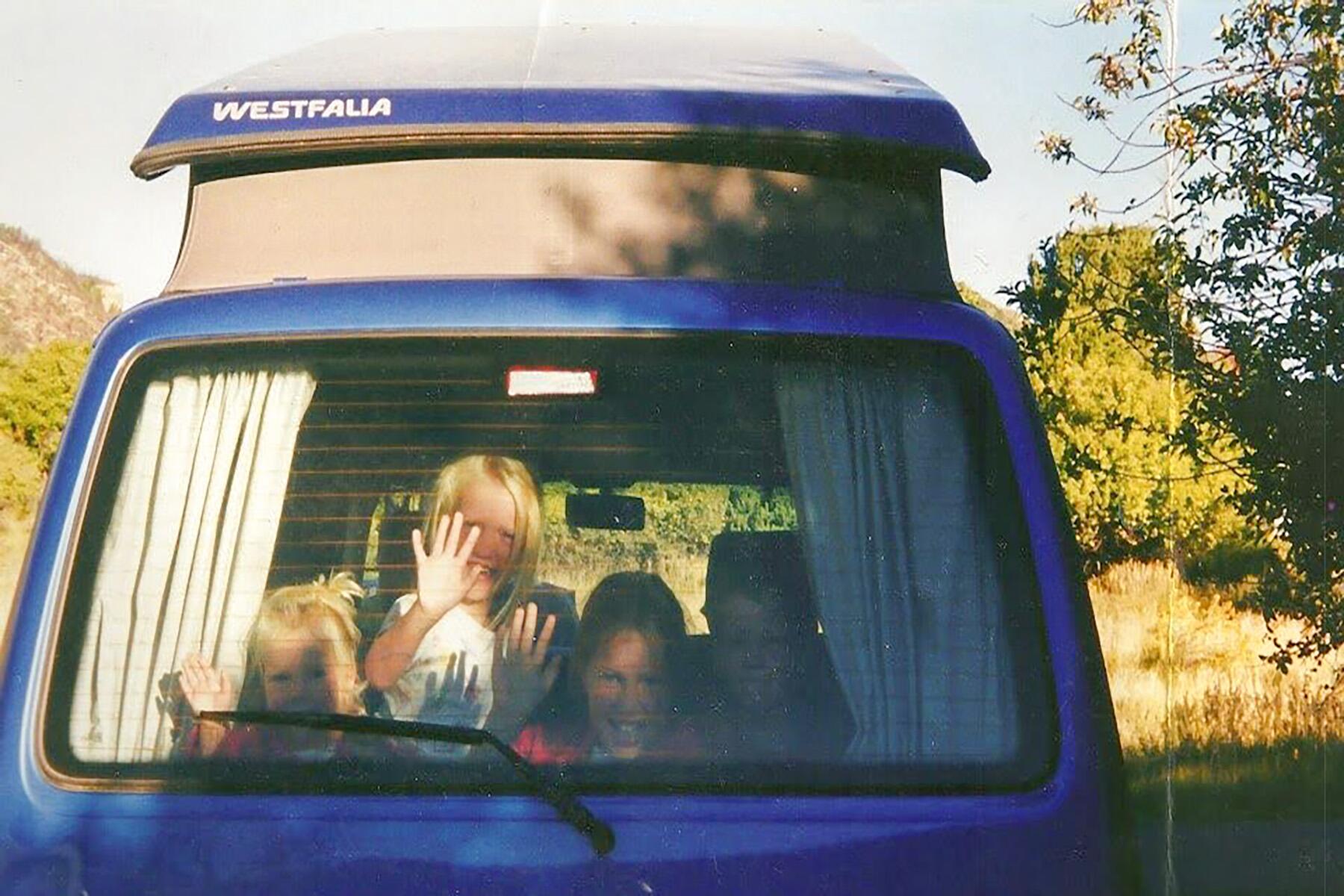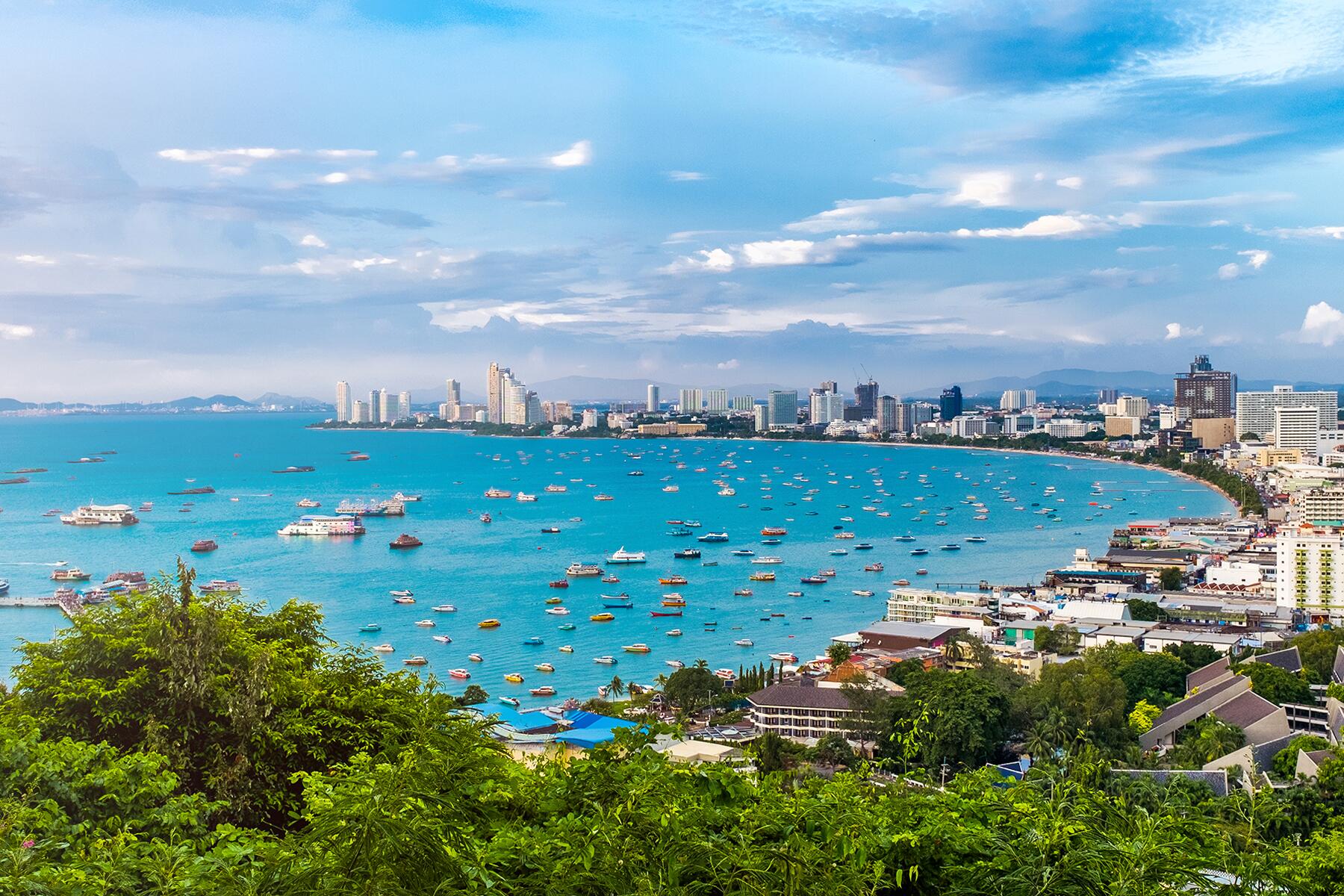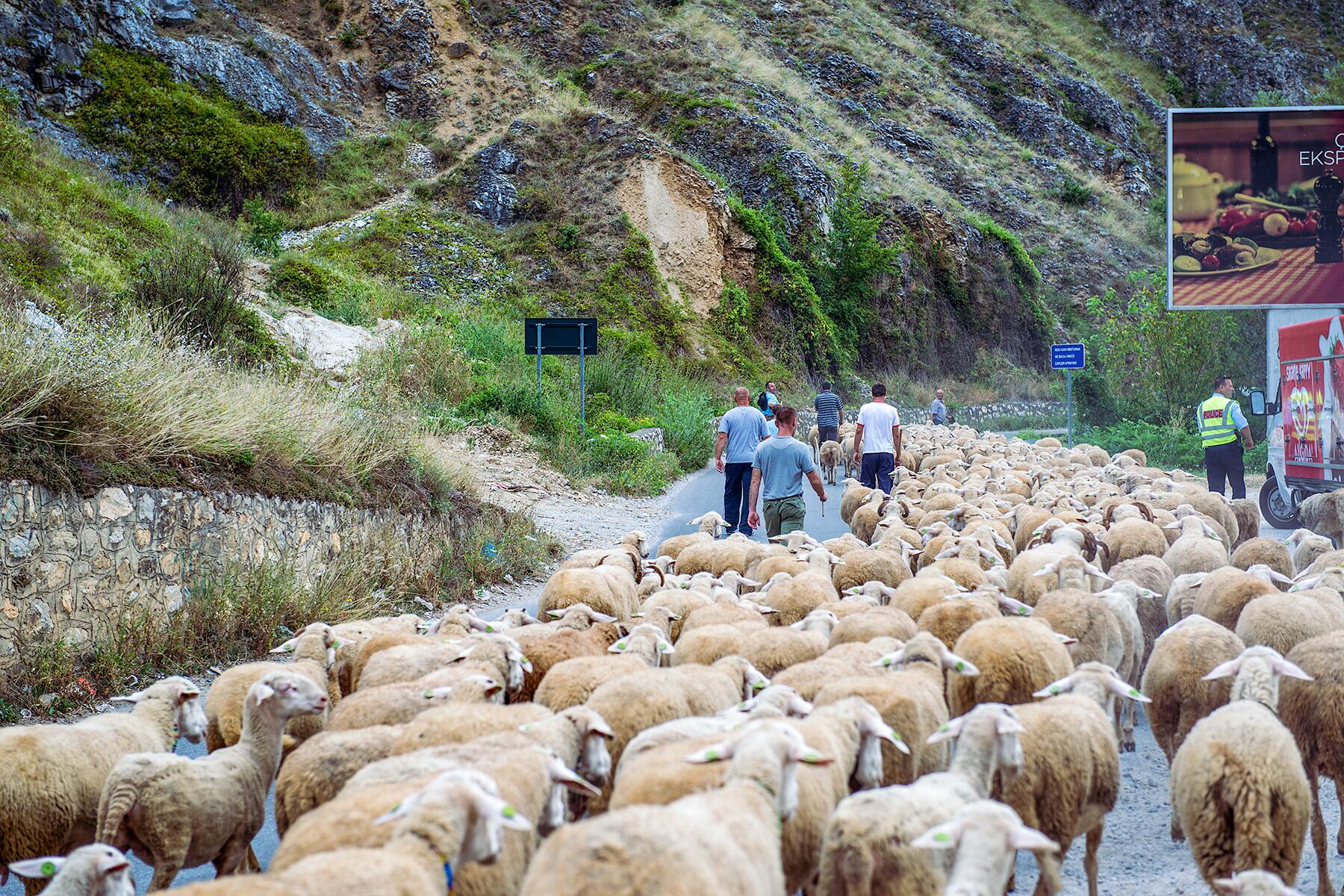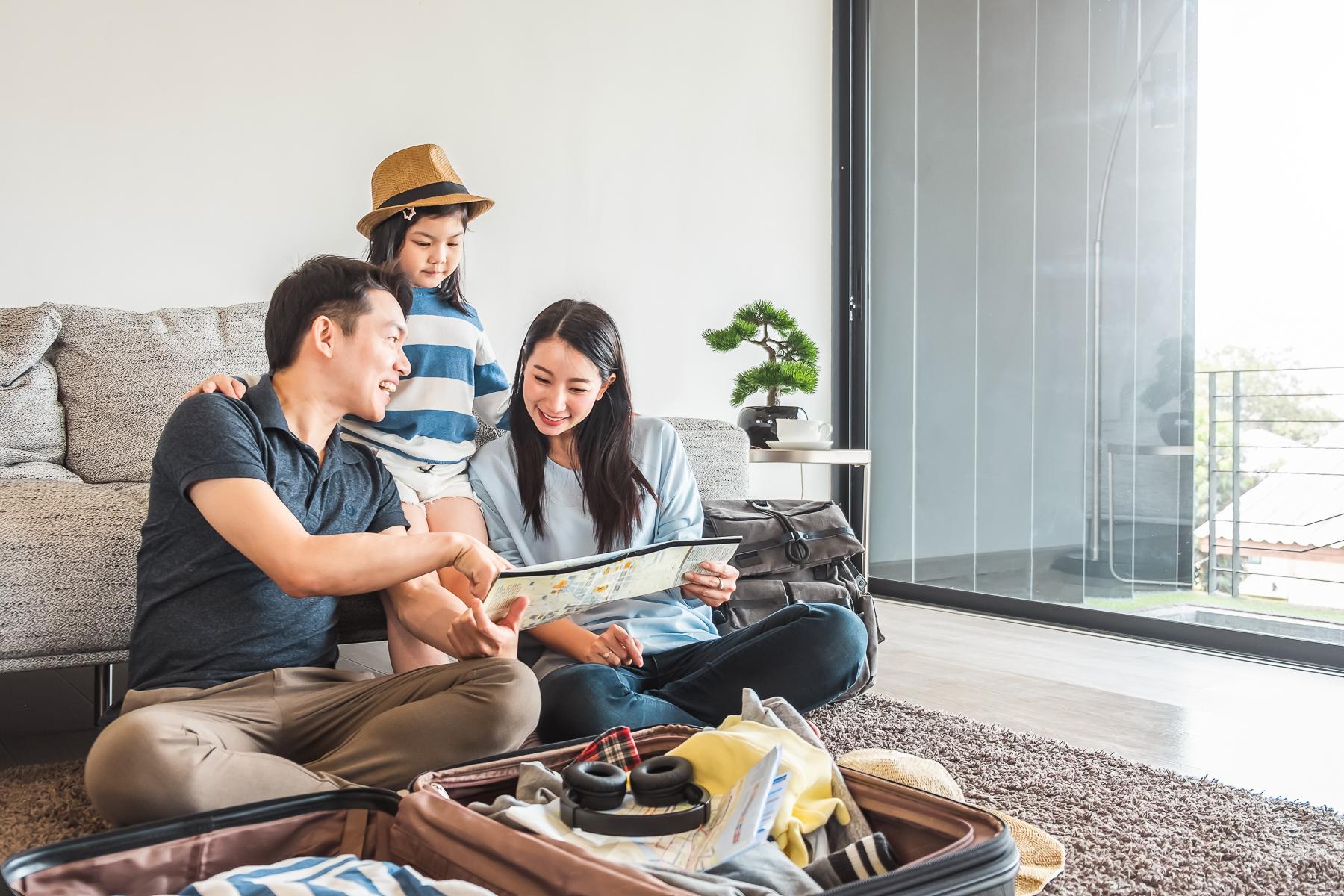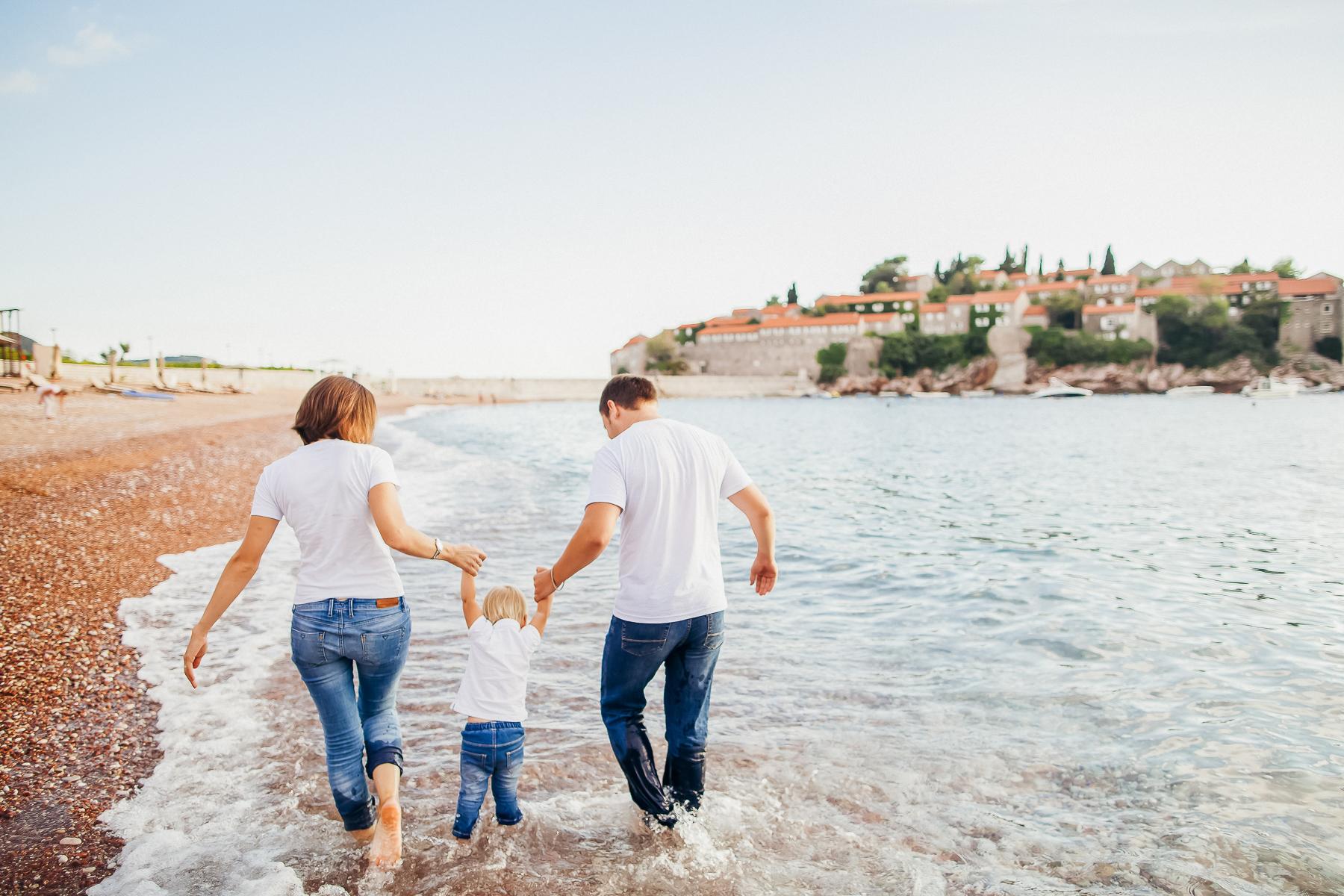A little planning (and bribery) goes a long way.
If your kids have ever lost it in on a crowded city street or lain down on a hotel room floor in protest against visiting a museum, join the club. Follow these tips from a traveling mom to keep the peace on your next trip.
Give Kids a Hand in Planning
Children will be more invested and engaged if they get to pick a few things to do on a trip. To get kids excited, watch a movie set in the location or a tourism video. Find out what kid-friendly attractions and activities there are by reading a travel guide or web articles together and adding a few things they pick to your itinerary. For a deeper dive, libraries are great resources for age-appropriate books about different destinations.

Research Candy Stores, Toy Stores, and Ice Cream Shops
Yes, bribe kids with sugar, toys, screen time, or anything else that motivates them. Kids who are dragging their feet on a walking tour will perk up when told they’ll have $5 to spend at a candy store when the tour is over. Bonus points for long-lasting candy like lollipops that can occupy kids en route to the next activity and beyond. Parents, hold the candy and dole it out when needed throughout the trip. A sweets shop can be a way to learn about a new culture and it can also be an attraction in itself. For example, Kingdom of Sweets in London is an enormous candy store with unusual items like Wonka Bars, a free photo booth that can superimpose Harry Potter’s glasses and lightning scar on you, and an area that sells T-shirts with glow-in-the-dark neon appliqués that flash in time to music.
Recommended Fodor’s Video
INSIDER TIPBuying site-specific sweets like maple sugar candies in Quebec City reinforces the uniqueness of a destination (and they make great gifts for friends, too). If you use this reward system with toys, make sure they can fit in your luggage.
Share Each Day’s Itinerary With the Kids
Children respond well to structure and might be apprehensive about the change of routine on a trip. Let kids know what to expect every day. Tantrums can happen when children are caught off guard with information like the ride from Point A to Point B is two hours or that it’s a two-museum day. If their electronic devices are charged for the drive and if they know they will eat their favorite food at lunch in between visiting the museums, things will go more smoothly. Fit in at least one thing the kids want to do each day, and remind them that it’s coming up if they start to get whiny.
Go to Museums With Audio Tours, Children’s Programming, Scavenger Hunts, or Apps
It’s no revelation that kids love electronics. An audio tour lets children press buttons and be in control of which exhibits they see and how long they spend at them. Museums with apps often have interactive content produced specifically for kids; plus, kids get to use a digital device. If there’s no audio tour or app, see if there are children’s activities like specialized tours, “please touch” exhibits, or a scavenger hunt. Or you can put any spot on your itinerary that has “Children’s Museum” in its name and all should be happy.
An audio tour can turn a museum that might be boring for kids into something they love, especially if it’s created with children in mind. For example, The Breakers, a historic mansion in Newport, Rhode Island, has an audio tour produced especially for kids. Different characters relay stories about the house, the children who lived there, and its objects in an engaging way. An adult audio tour is timed to match the children’s one. Brilliant!
Be Flexible
Don’t be a drill sergeant. Your family might take longer than expected to get out of the hotel in the morning, a traffic jam might extend your travel time, or someone might need to use the bathroom at an inconvenient time or really need an unplanned rest. Relax, you’re on vacation. Also, there might be happy surprises like spotting a playground or learning about a fun attraction once you’re in your destination. Gracefully accommodating unknown factors like these can make for much smoother family travel.
INSIDER TIPWhenever possible, don’t reserve timed tickets to protect against the stress of unexpected delays.
Don’t Cram Too Much In
Kids who are run ragged are bound to rebel. If you’re going to be covering a lot of ground, either schedule some afternoon down time back at your hotel or retire early and order in. A very active day followed by a long evening is a sure recipe for whiny kids.
As much as parents want to share a destination’s key experiences with their kids, often what children remember most from vacations revolves around enjoying a new activity, buying a special stuffed animal, or eating amazing gelato. Make peace with that and give yourself permission to drop things from your daily schedule.

Make Sure Kids Are Comfortable
It might seem obvious, but when you’re in the throes of checking that everyone has packed a toothbrush and researching what time the train leaves, some necessary factors for keeping kids happy can be overlooked. Comfortable shoes and proper clothing for the weather are key as are snacks and water. A special stuffed animal, toy, or blanket can go a long way to comfort a child: Make sure it’s in your carry on and not left behind at any stop. Also, especially if there’s a time change or flights that interfere with regular sleep schedules, it can be challenging to make sure your kids get enough sleep. Tired and hungry tots are prone to meltdowns at home; factor in the challenges of travel and they can snowball into full-blown nuclear catastrophes.
If your kids are not picky eaters or if there are no food allergies in your family, count yourself incredibly lucky. The rest of us have to make sure we can find food our kids can and will eat when we’re somewhere new. Do your research ahead of time, be prepared to know how to ask for something in the language of your destination, and scour the aisles of local supermarkets for kid-friendly food.
Hire a Private Guide When Possible
Private guides aren’t only for the super rich. Spending a few hours with a guide can be less expensive than signing the whole family up for a scheduled tour. A private tour can be tailored to your interests, it can be faster and more engaging than a group tour, and it can cover a lot of ground with little effort. Sightseeing this way also takes the pressure off you to navigate and explain the sights, especially if you don’t speak the language.
Ask your hotel’s concierge to recommend a couple of guides and then interview them. Questions to ask include what certifications and experience they have, what vehicle they are driving, and how much they charge for what you’d like to accomplish.
Give Kids a Job
Let your kids navigate one day (or to one location), take photos, or pick a restaurant. Focusing children’s energy on tasks can make them forget about tired feet and give them a sense of pride. Plus, they’ll see how much effort it takes to plan and execute an itinerary and might be more forgiving next time your family gets lost or ends up at a terrible restaurant. Disposable cameras or inexpensive digital ones made specifically for children are better options than putting your phone, an iPad, or DSLR in your kids’ hands.

Do Something You Don’t Normally Do at Home
The nature of travel is breaking from routine, but go a step farther and work in an activity like horseback riding, paddle boarding, zip lining, or exploring on bikes. New shared experiences can bond a family and connect you more fully to your destination. Plus, you will have fun; and at the end of the day, isn’t that what vacations are all about?
Choose an activity with every family member in mind (or split up). For example, if someone has a fear of heights, don’t expect the person to embrace zip lining just because they’re on vacation.
Don’t Travel During Rush Hour
If you’re in a densely populated place, avoid moving around during rush hour. Your travel time will be longer and the stress will not start your day well. If you’re driving, it’s not an ideal moment to be navigating new roads. If you’re using public transportation, you won’t get a seat, it might be more expensive, and it will be more challenging to keep your kids close.
INSIDER TIPIf you must travel on crowded public transportation, have a plan in case your family gets separated, such as meeting at the next subway stop.
Choose Accommodations Carefully
A hotel that’s well located for what you want to do and has a pool, a fridge, thick walls, and a bedroom door that closes can go a long way to ensuring family sanity. If kids don’t share a bed well, reserving a cot is worth the cost.
